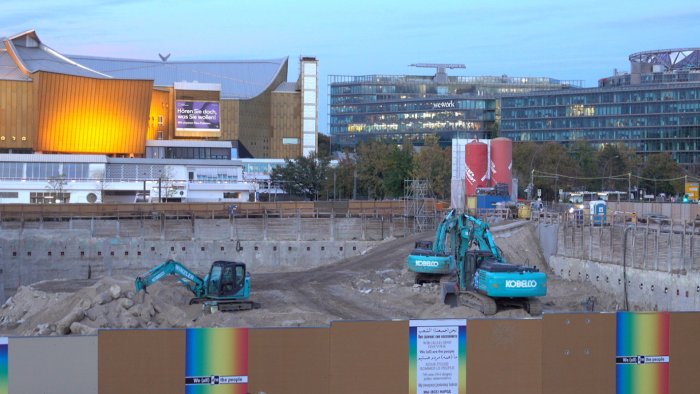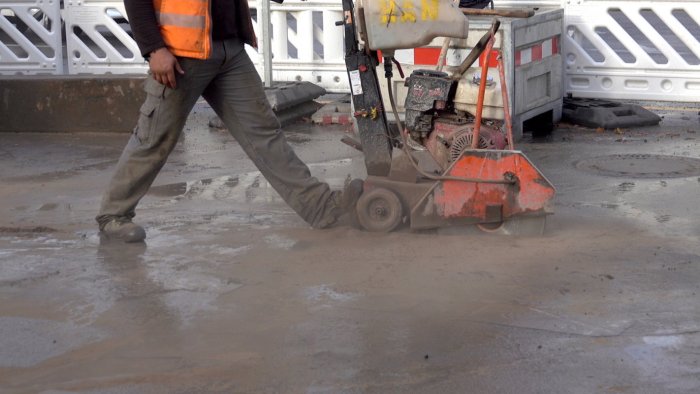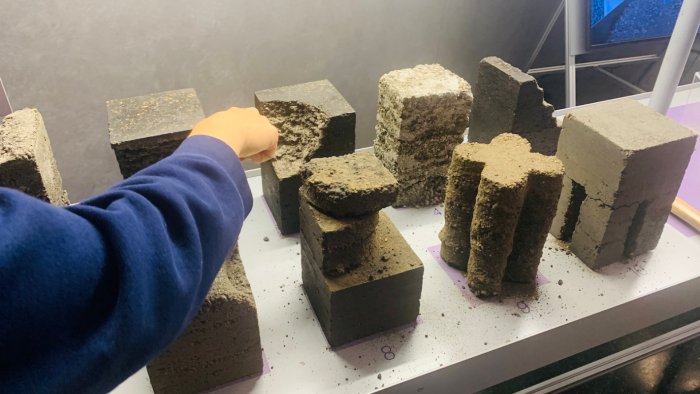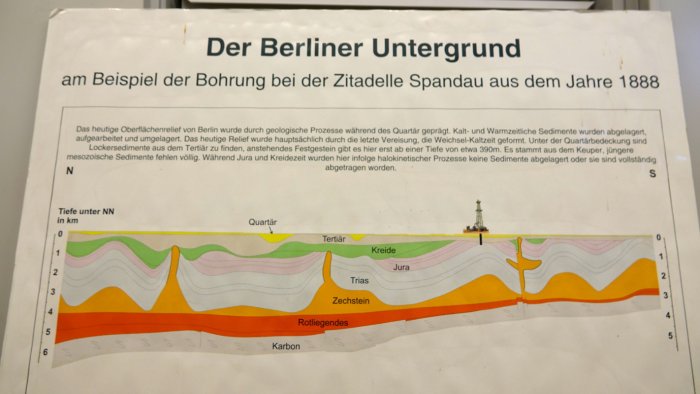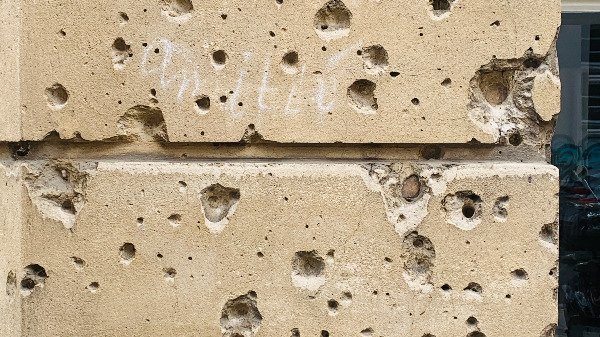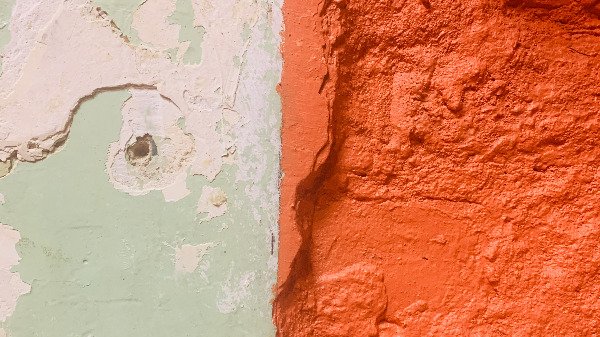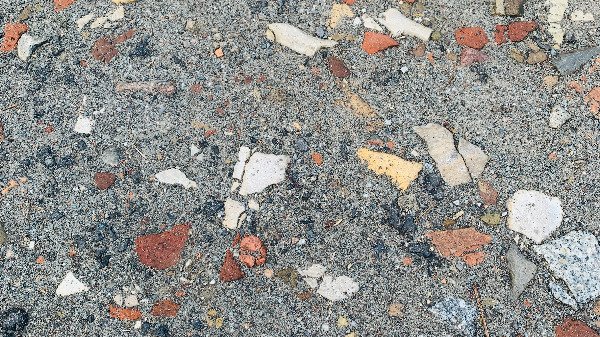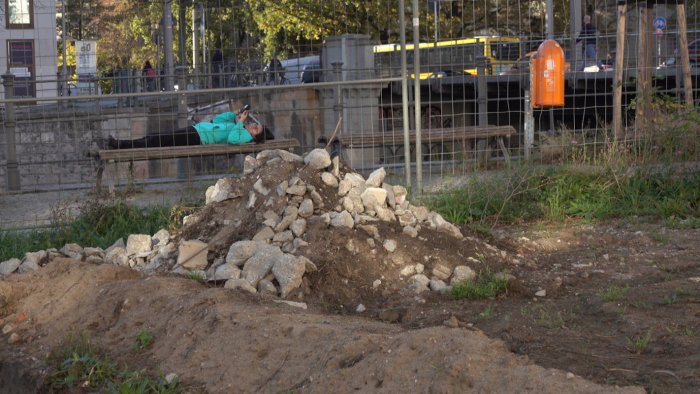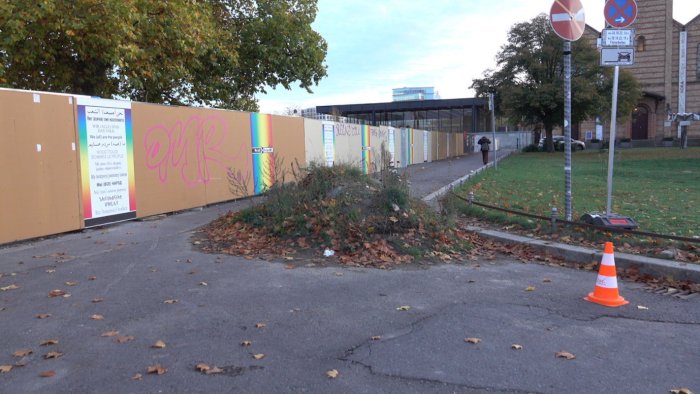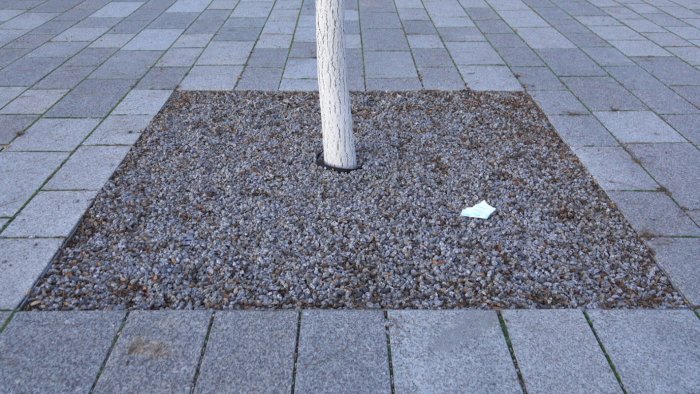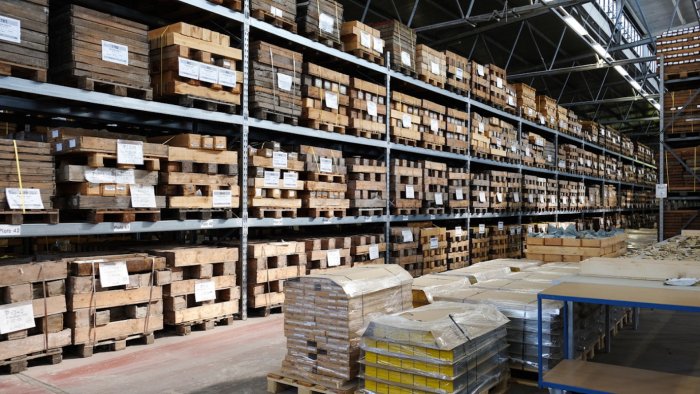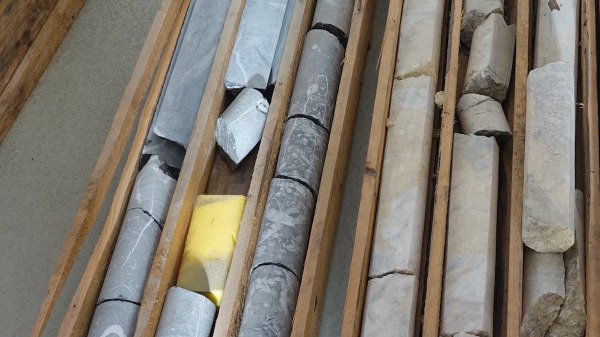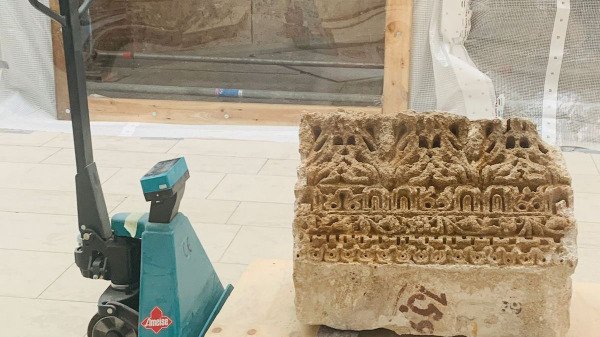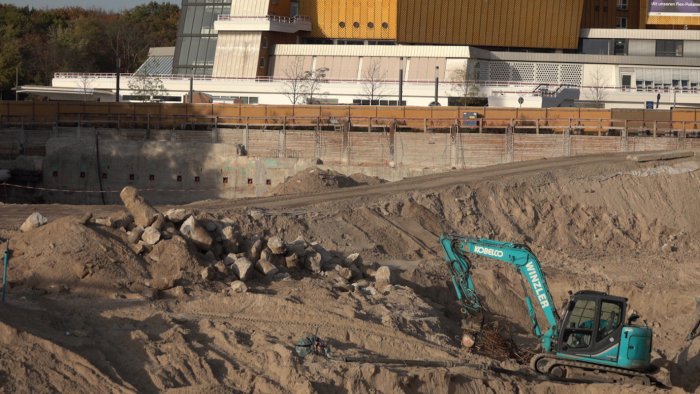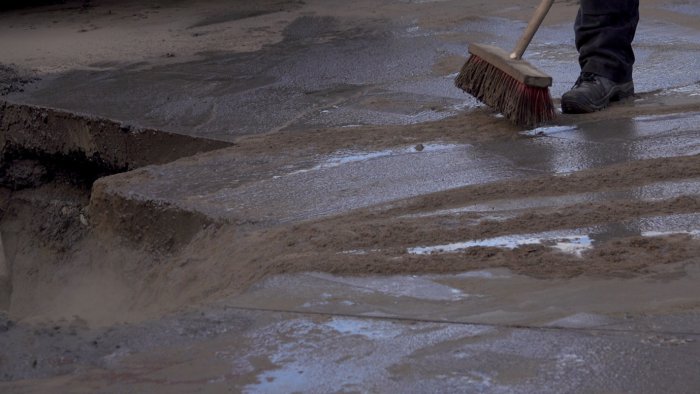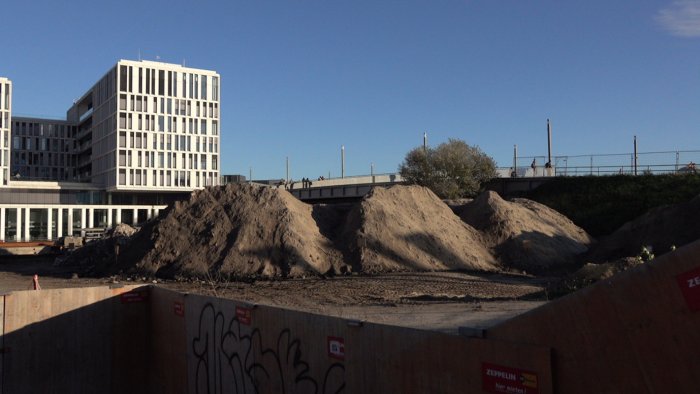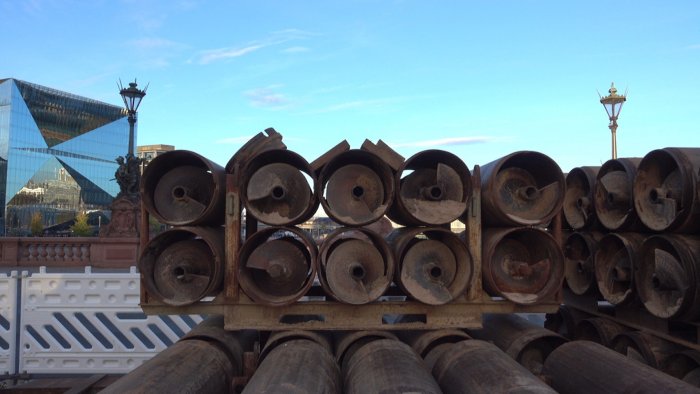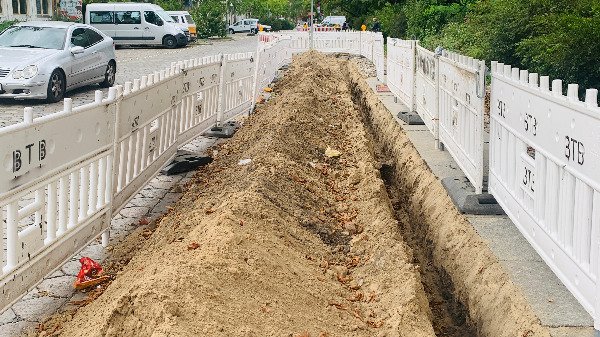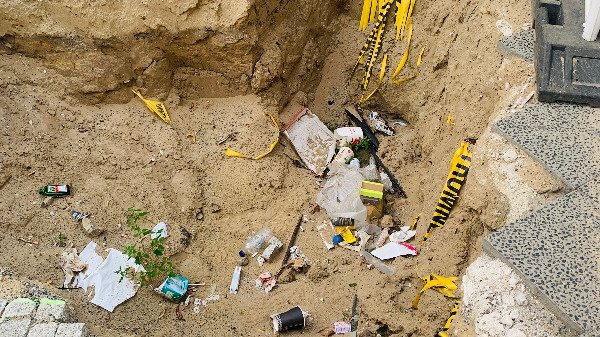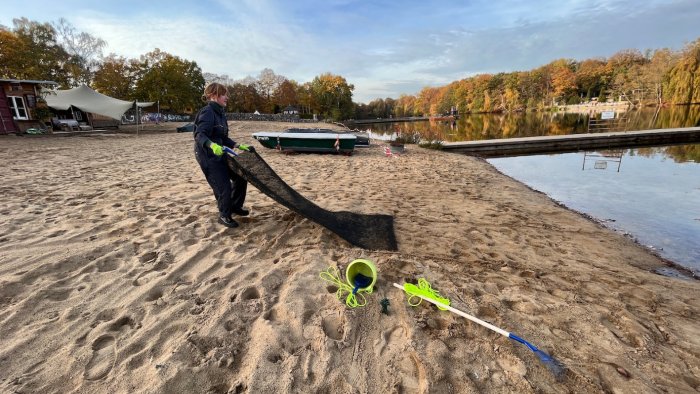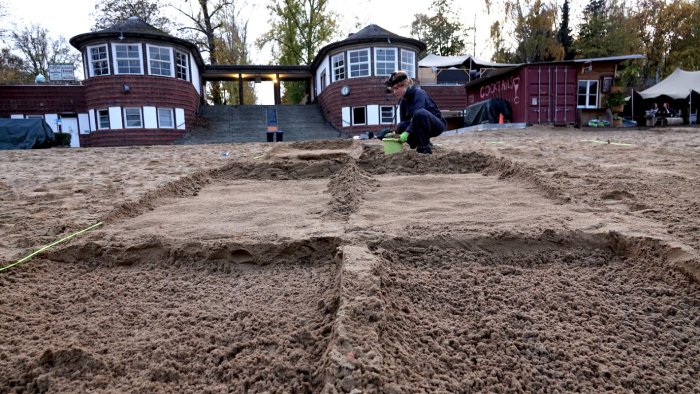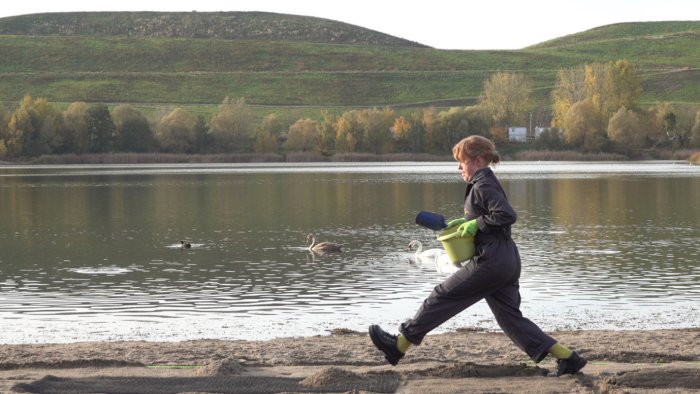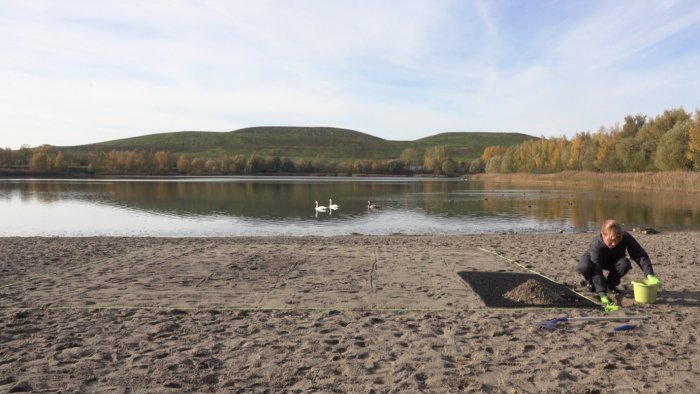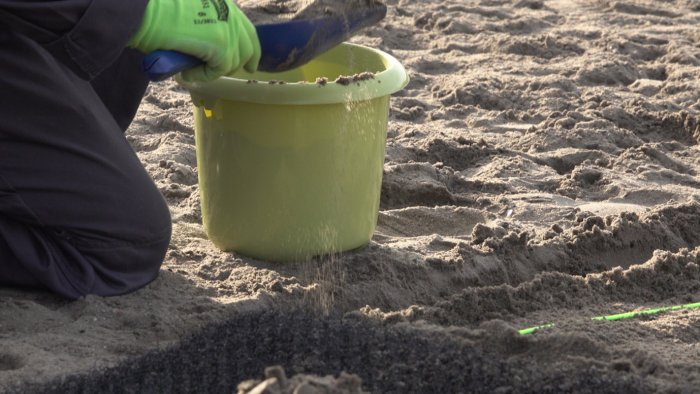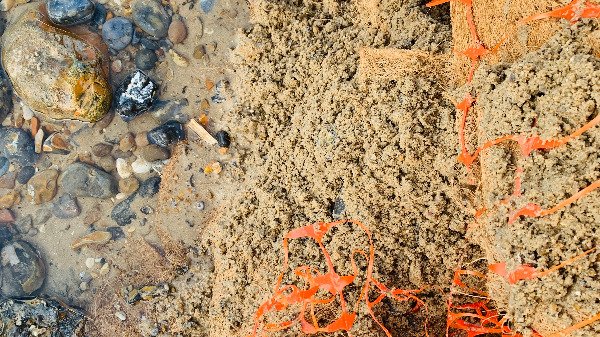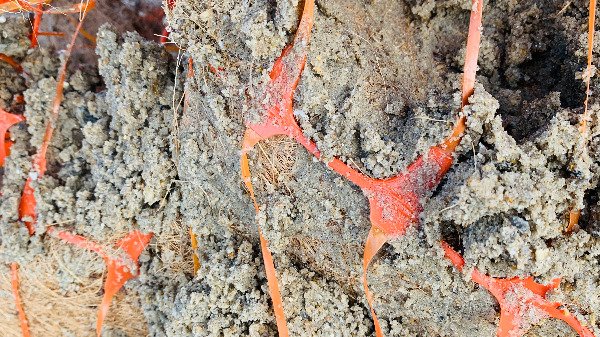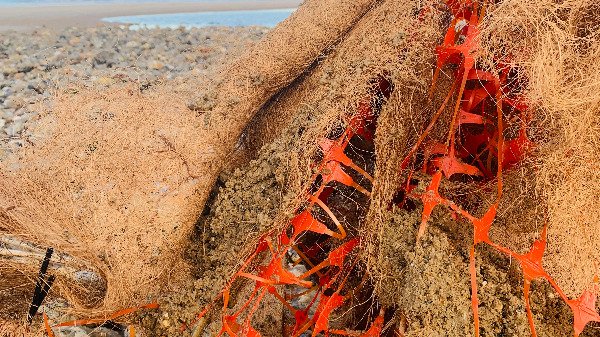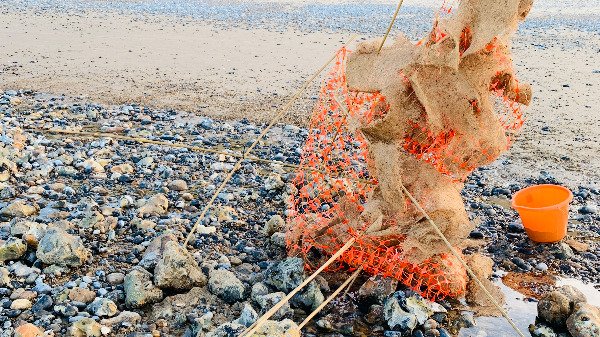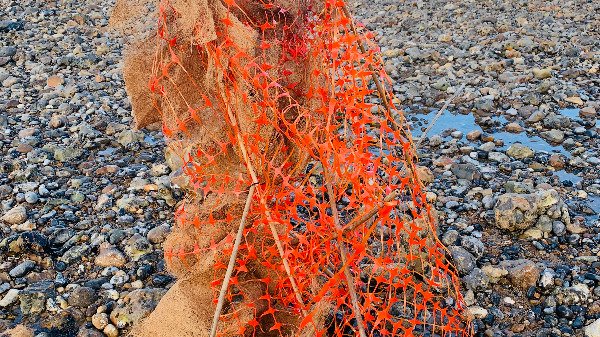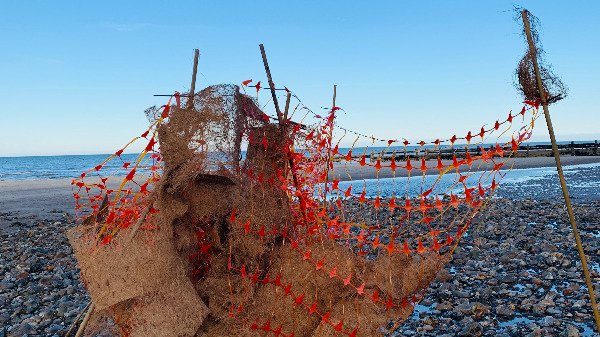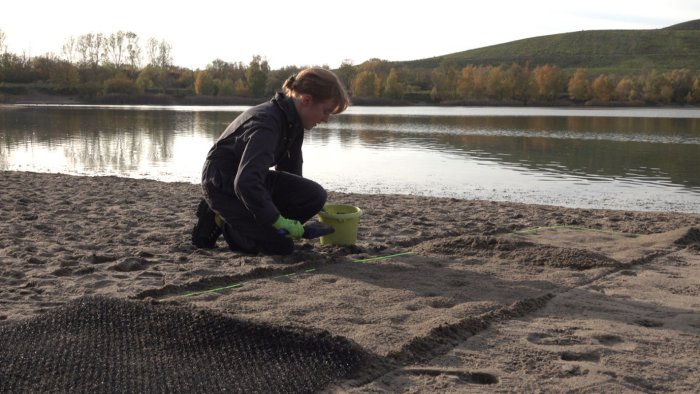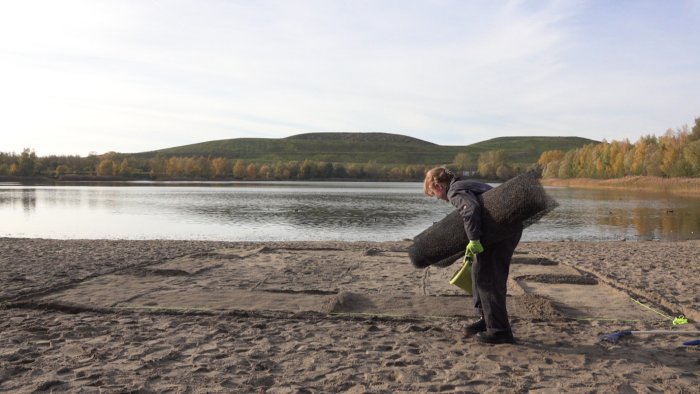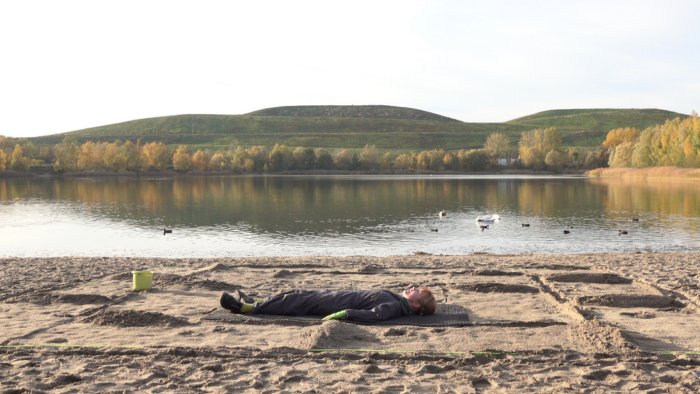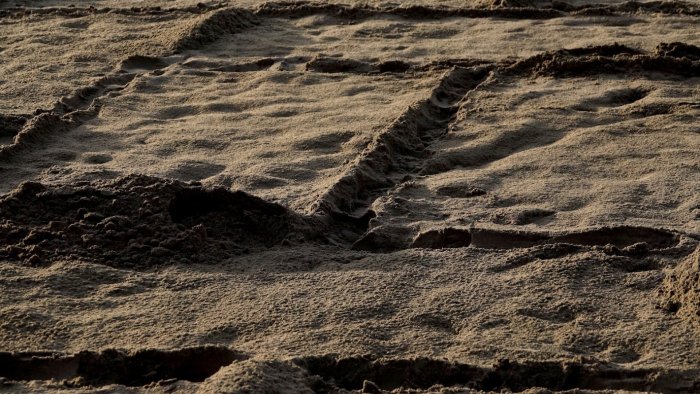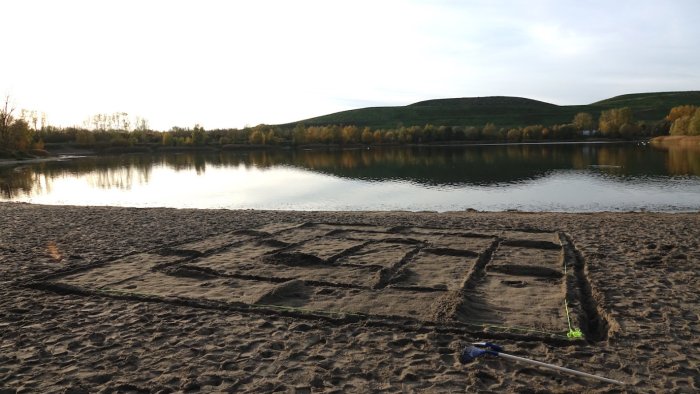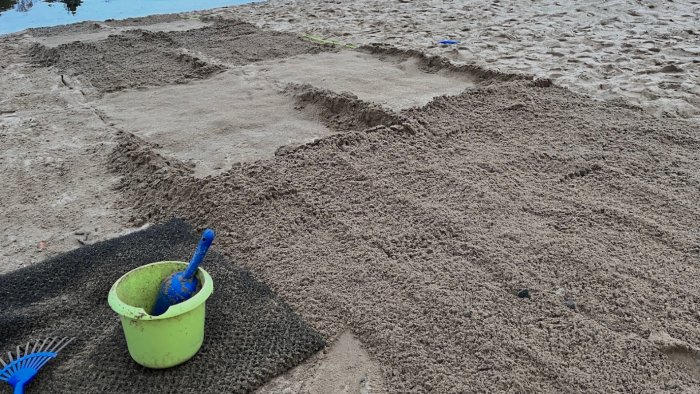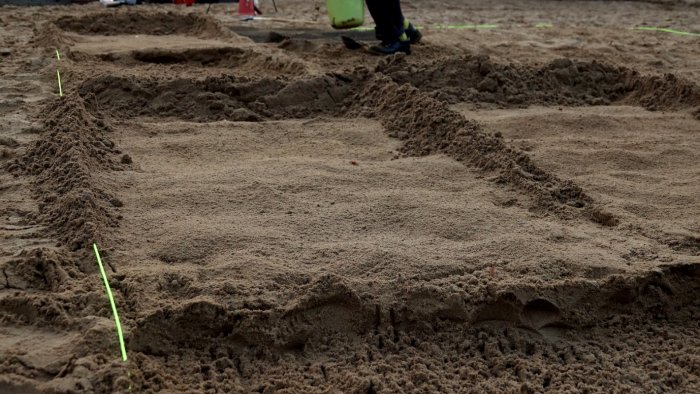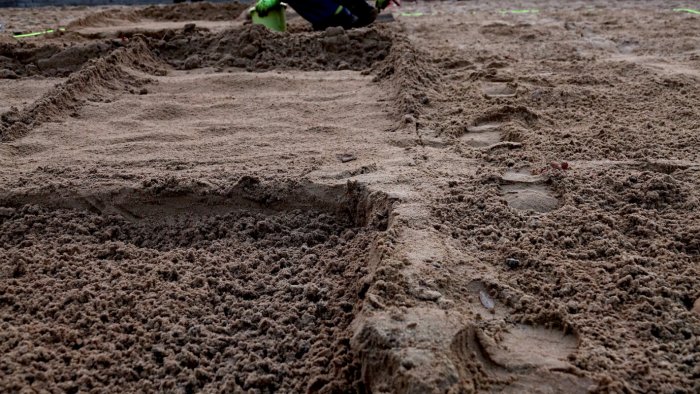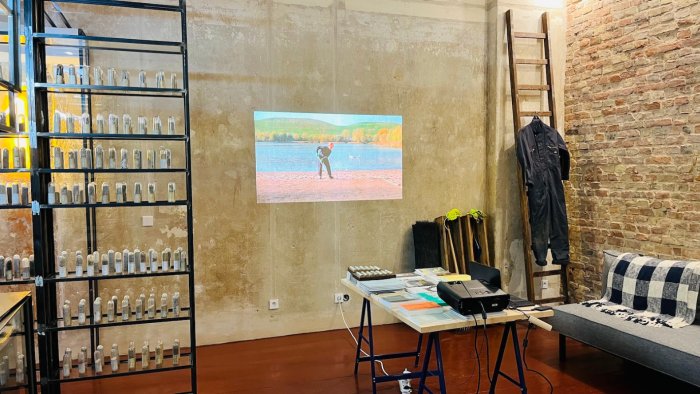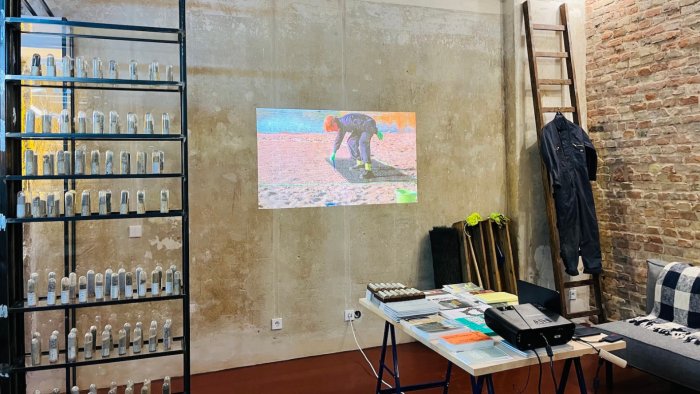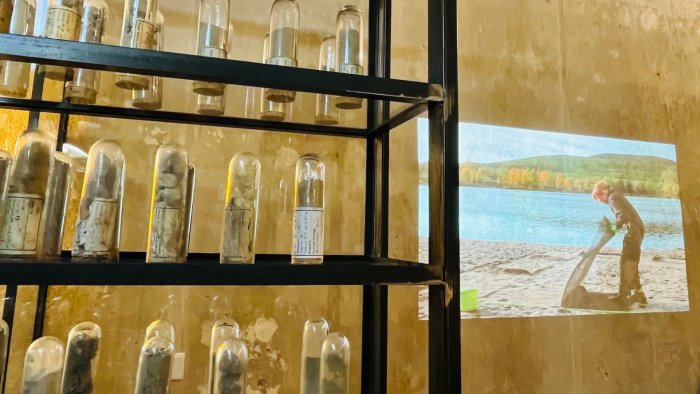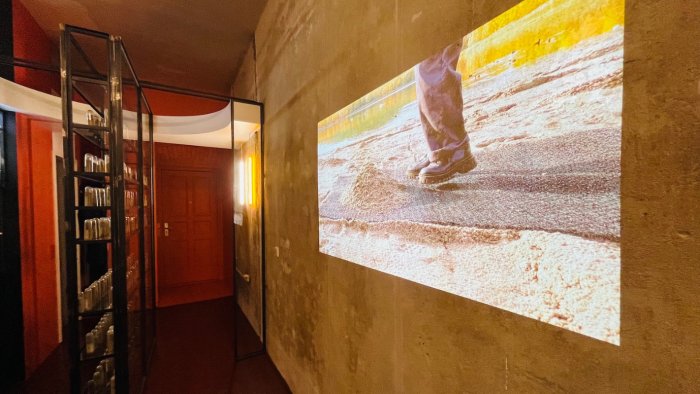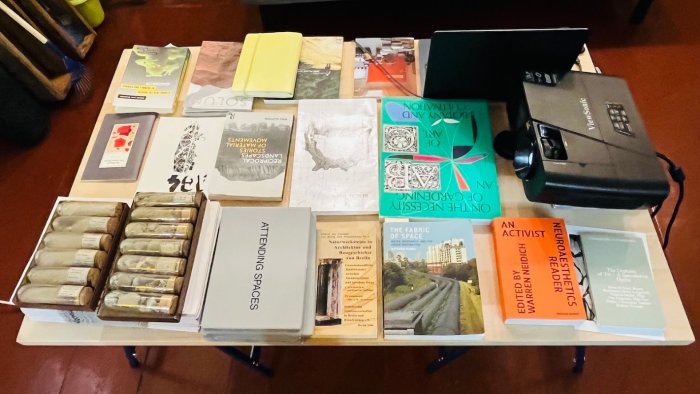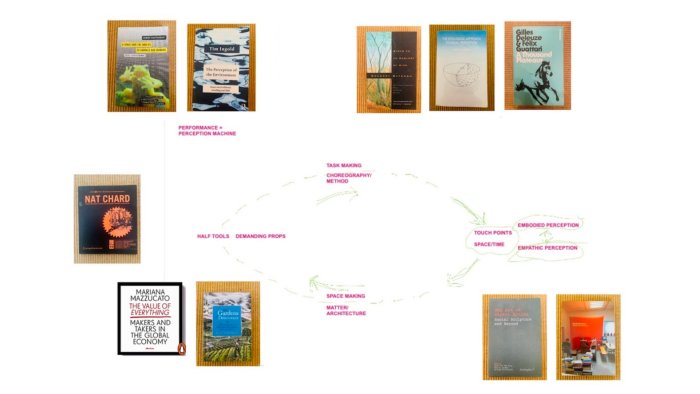Elin Eyborg
October-November 2022
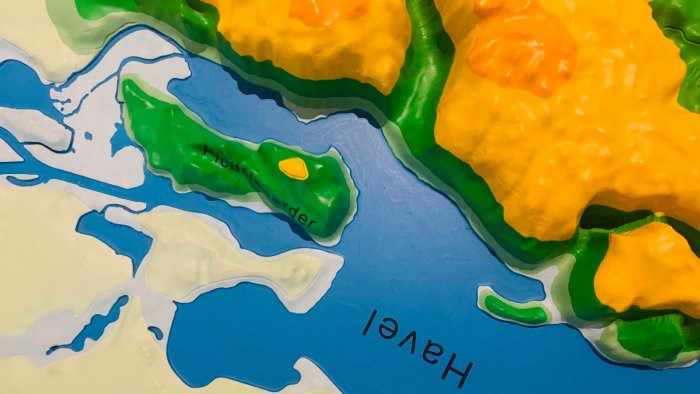
Residency in collaboration with FIELDSTATIONS - "Fieldexplorer" Programme
Info on the Residency Programmes
MAKER - MARKER
In Berlin I elaborate on the idea of exploring the city through its geology. Everywhere in the city big and small construction sites are popping up, forming their own typology in the city, between quick fixes, big visions, revealing the deep layers of historical debris and geological conditions.
FIELD RESEARCH - MARKERS
MAKER - MARKER - Text
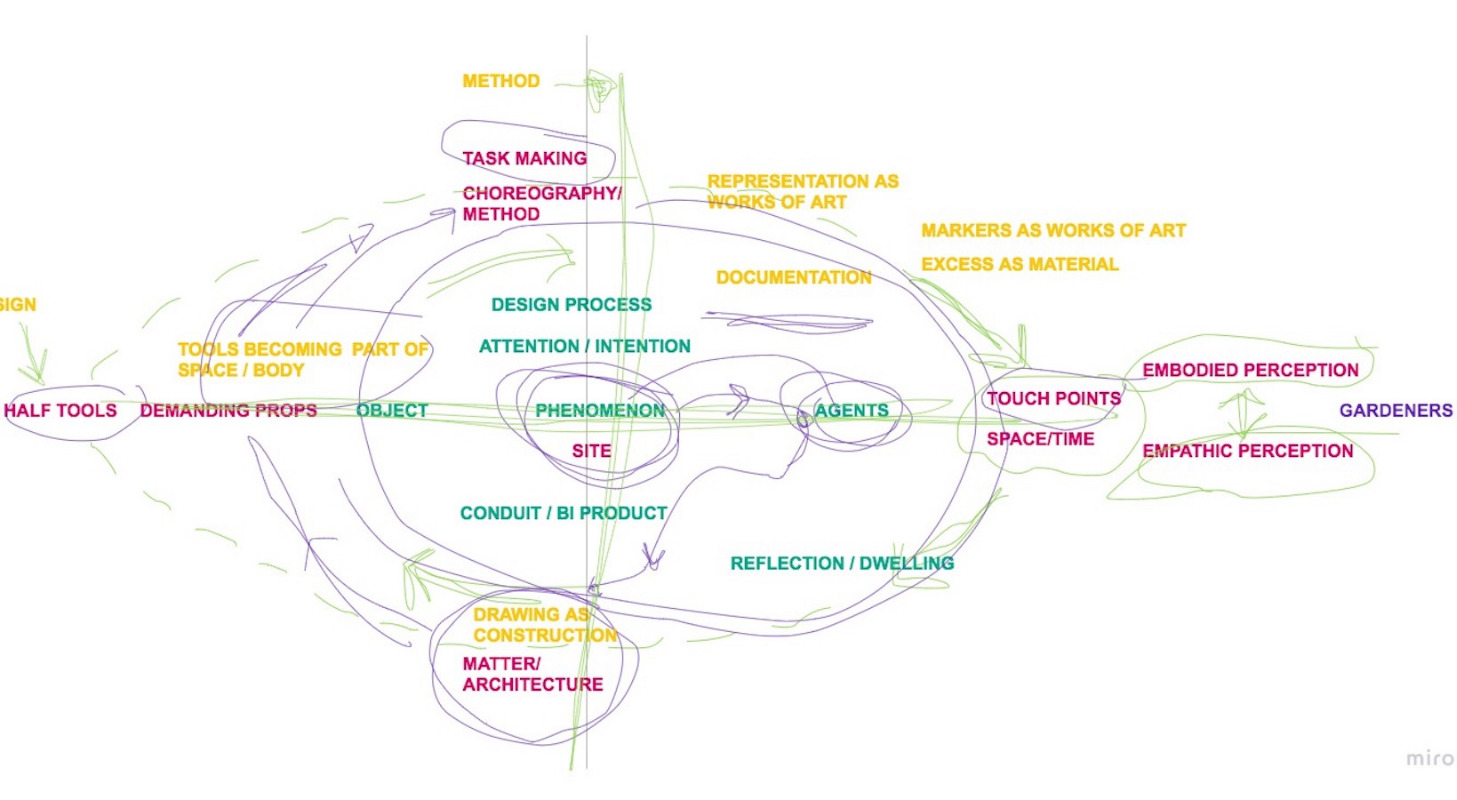
South America fits into Africa like a jigsaw piece. This simple, almost banal observation became the starting point for the German meteorologist Alfred Wegener’s investigations in the beginning of the 20th century. With this simple observation, he moved his perspective from the movements of water and air in the atmosphere above our heads to the movements of the tectonic plates in the crust of the Earth that shape our continents. From time measured in days to time measured in eons.
Outside Reykjavík, a 3 m tall pillar rises above ground as an empty podium. The concrete pillar that stands as an enigmatic marker, was meant to carry an optical instrument that with high precision could determine the exact position of the plates in relation to the celestial bodies. The pillar is called the Wegener-Column. A twin was meant to be built in Greenland and Wegener’s hypothesis, would suggest that the two pillars would move apart because of the tectonic movements.
In 1930 plate tectonics was far from being an accepted theory, and to weaken his argument further, Wegener had placed his column in Western Iceland that floats on the same tectonic plate as Greenland. Wegener was right in his assumption, however wrong in his experiment. During the expedition to Greenland, he died from extreme exhaustion on a cold November day in 1930.
Alfred Wegener led my way to Berlin, along the Spree Valley and towards his Potsdam laboratory. Wegener’s hypothesis was sound, yet he might lead me astray. The Spree Valley is like most of Berlin, a huge clay, sand, and gravel deposit saturated in water. It is part of building the ever-moving swamp of the metropolis.
Movement Performances, just as scientific investigations, leave behind a physical residual. This residual has marks of a process and acts as a maker for the given tasks, like a stage prop or a technical tool do.
I call these residuals for markers, and they have been the scope for the artistic research in Berlin, at Fieldexplorer’s residency in Wedding, Berlin. It has formed the project I call Maker – Marker.
Maker – Marker is a performance and film project as part of my ongoing research Attending Spaces, at The Bartlett School of Architecture, UCL, where I investigate how movement performance can be used as a tool and a method in the architect’s design process.
In Berlin I elaborate on the idea of exploring the city through its geology. Everywhere in the city big and small construction sites are popping up, forming their own typology in the city, between quick fixes, big visions, revealing the deep layers of historical debris and geological conditions.
The construction sites form a landscape of sand banks that starts shaping their own ecology of slowly creeping plants and temporary new species. In parallel, while sorting building materials in gravel pits, we speed up the time of the natural processes of the historical waterways where the ice age glaciers deposited clay, sand, and gravel along the meltwater rivers, releasing finer and finer sediments while the speed of the rivers slowed down.
It is in this meeting between velocities and processes that the Maker – Marker project emerges.
PERFORMANCES
This article contains a third-party video. If you would like to watch the video, please adjust your settings.
This article contains a third-party video. If you would like to watch the video, please adjust your settings.
MAKER - MARKER - The Film
Wedding version - December 2022
The film is a product of a month residency hosted by Fieldexplorer – a collaboration between Filmexplorer and Fieldstations. During my stay I have explored water, clay, sand, and gravel, Berlin’s ice age geology and traditional building materials.
The film was screened and discussed at the Wedding studio the 10th of December 2022.
This article contains a third-party video. If you would like to watch the video, please adjust your settings.
MAKER - MARKER - Dossier
ELIN EYBORG - BIO AND RESEARCH
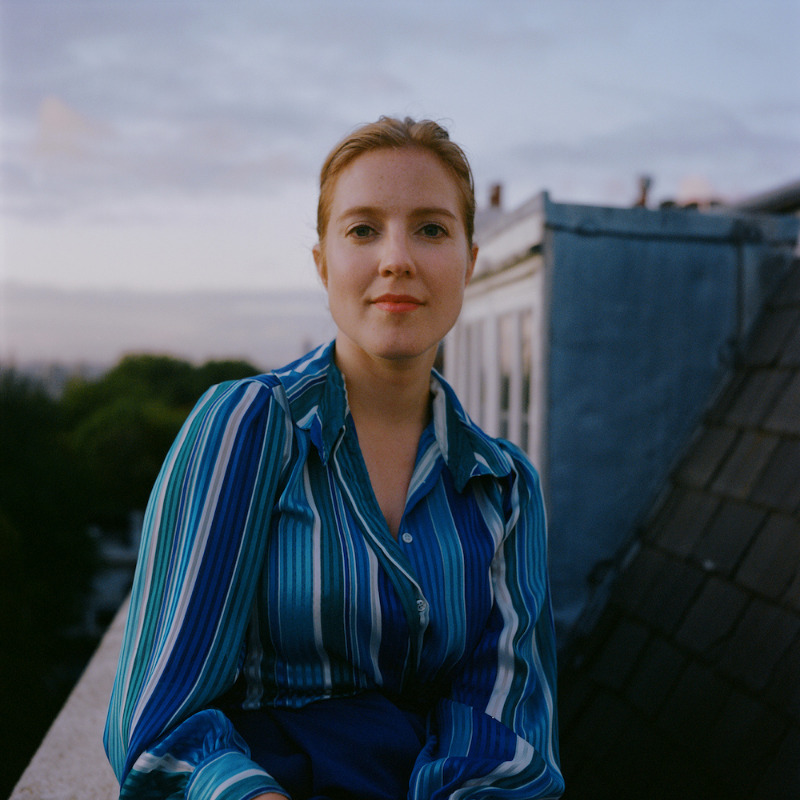
Elin Eyborg's WEBSITE
About Elin's research at The Bartlett School of Architecture, UCL - and on her PhD project
